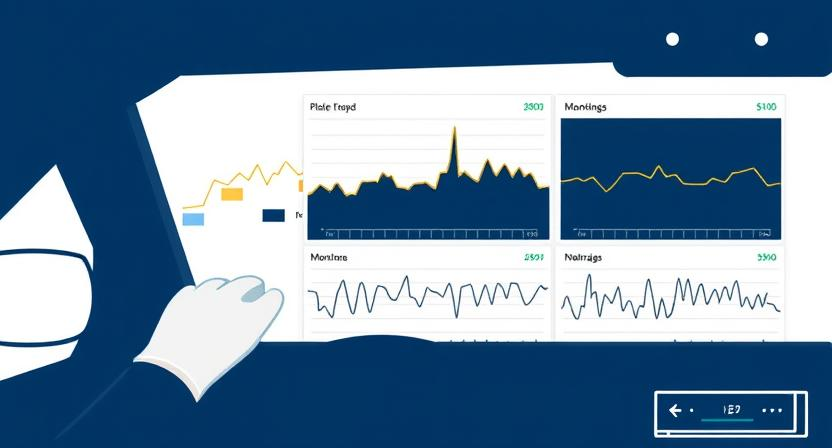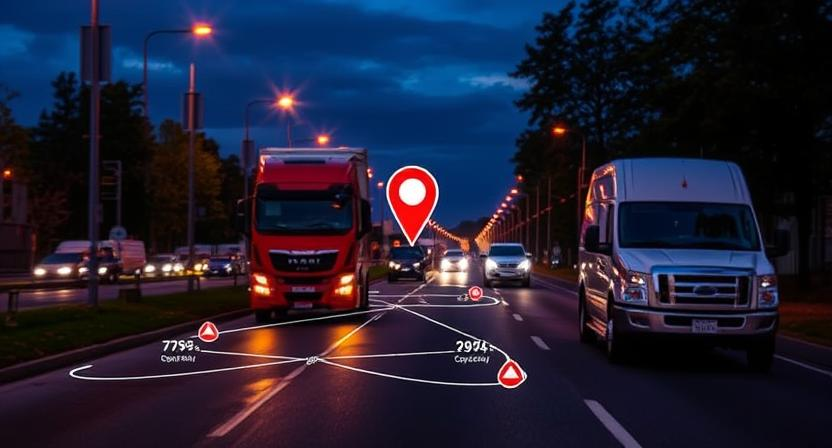The Role of AI and Machine Learning in Fleet Management
Introduction

Artificial intelligence (AI) and machine learning (ML) are transforming industries across the globe—and fleet management is no exception. By leveraging intelligent data processing, predictive analytics, and automation, AI and ML help businesses unlock new levels of operational efficiency, reduce costs, and enhance vehicle safety. This article explores the growing role of AI-driven solutions in modern fleet management and how businesses can benefit from adopting them.
Key Applications of AI and Machine Learning in Fleet Management
1. Predictive Maintenance
AI-powered systems can analyze data from sensors and vehicle diagnostics to predict mechanical issues before they happen. By addressing problems proactively, businesses can avoid costly breakdowns, reduce downtime, and extend the lifespan of fleet vehicles.
2. Route Optimization
Machine learning algorithms process real-time traffic data, weather conditions, and historical route patterns to suggest the most efficient paths. This reduces fuel consumption, improves delivery times, and minimizes wear and tear on vehicles.
3. Driver Behavior Monitoring
AI systems can detect risky driving behaviors such as speeding, harsh braking, and sharp turns. Fleet managers receive detailed reports and alerts, allowing them to provide feedback and training that promotes safer driving habits and reduces accident risks.
4. Fuel Consumption Analysis
By analyzing patterns in driver behavior, load weight, and road conditions, AI tools help identify areas where fuel usage can be optimized. This contributes to both cost savings and environmental sustainability.
5. Automated Compliance Monitoring
Fleet operations must comply with various regulations, such as hours-of-service rules and vehicle inspections. AI tools can automatically monitor compliance and alert managers to potential violations, simplifying the audit process and avoiding penalties.
6. Intelligent Dispatching and Scheduling
AI-based dispatch systems match jobs to the nearest available and best-suited drivers based on traffic, delivery windows, and vehicle type. This leads to faster response times, better resource allocation, and higher customer satisfaction.
Business Benefits of AI-Driven Fleet Management
Implementing AI and machine learning in fleet operations offers a wide range of benefits, including:
- Reduced Operational Costs: Lower fuel and maintenance expenses through smarter decision-making.
- Improved Safety: Fewer accidents and claims due to proactive driver monitoring and coaching.
- Higher Efficiency: Streamlined workflows, faster deliveries, and optimized asset usage.
- Data-Driven Insights: Better visibility into performance metrics and trends for continuous improvement.
- Scalability: Automated systems that grow with your fleet and adapt to increasing complexity.
Conclusion
AI and machine learning are revolutionizing the way fleet management works. By tapping into the power of data and automation, companies can improve efficiency, lower costs, and keep their vehicles and drivers safer on the road. As technology continues to evolve, AI-driven solutions will become an essential part of any successful fleet strategy.










